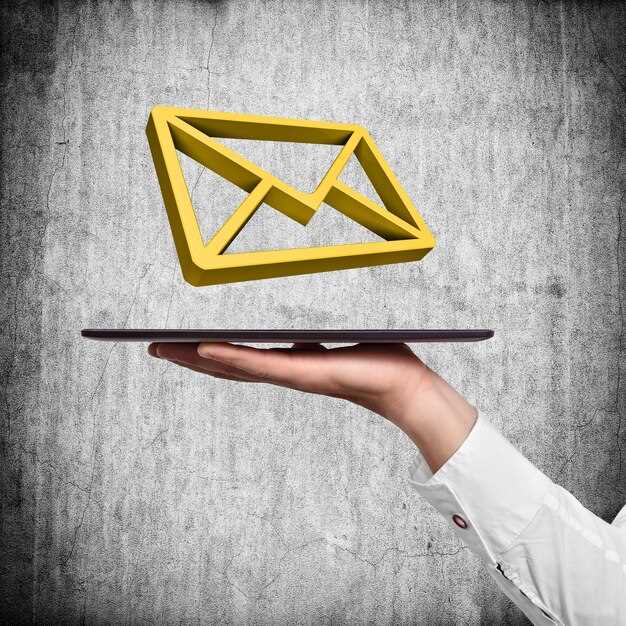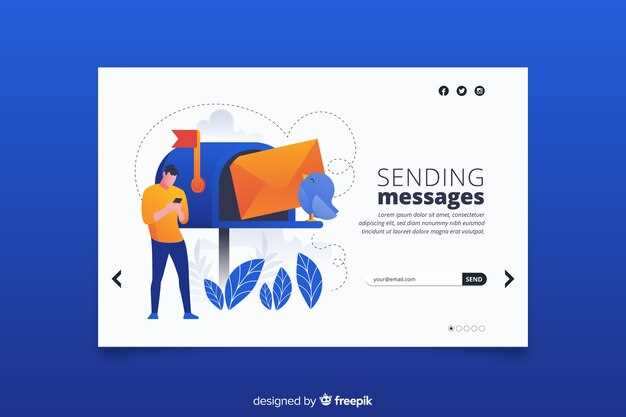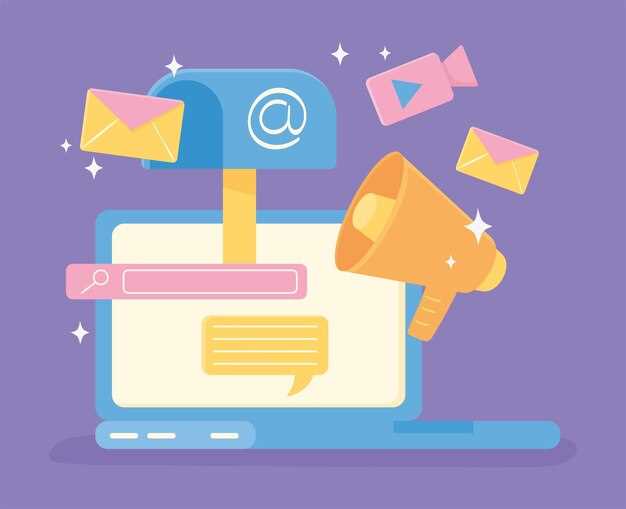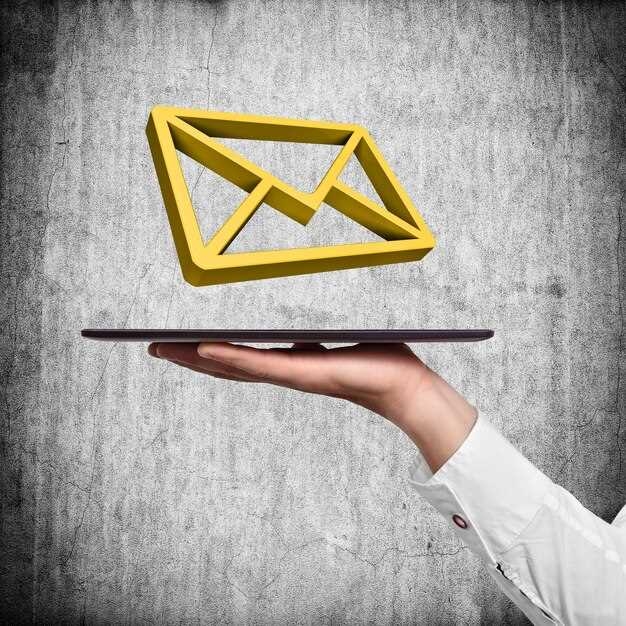
When it comes to establishing a strong online presence and driving business growth, there is no denying the significance of effective communication with your target audience. In today’s digital age, email marketing has emerged as a powerful tool that can help businesses engage with their customers, build brand loyalty, and ultimately boost sales. By implementing well-crafted email marketing techniques, you can create personalized and compelling messages that resonate with your audience, driving them to take action.
Captivating Content: One of the key elements of successful email marketing is creating captivating content that grabs the attention of your subscribers. By using persuasive language, storytelling techniques, and compelling visuals, you can create emails that not only inform but also entertain and inspire your audience. Remember, your subscribers receive numerous emails every day, so it is crucial to make yours stand out from the crowd.
Segmentation and Personalization: Gone are the days of sending generic mass emails to your entire subscriber list. To truly engage your audience and drive conversions, it is essential to segment your email list based on various criteria such as demographics, purchase history, and engagement level. By tailoring your messages to specific segments, you can deliver personalized content that resonates with each recipient, increasing the chances of them taking the desired action.
Compelling Call-to-Action: A well-crafted call-to-action (CTA) is the driving force behind successful email marketing campaigns. Whether it’s encouraging subscribers to make a purchase, sign up for a webinar, or download a free resource, your CTA should be clear, concise, and compelling. By using action-oriented language and creating a sense of urgency, you can motivate your audience to take the desired action, ultimately boosting your conversions.
Testing and Optimization: To maximize the effectiveness of your email marketing efforts, it is crucial to continuously test and optimize your campaigns. By analyzing metrics such as open rates, click-through rates, and conversion rates, you can identify what works and what doesn’t. Experiment with different subject lines, email layouts, and CTAs to find the winning combination that resonates with your audience and drives the highest engagement and conversions.
In conclusion, email marketing remains a powerful tool for businesses to engage with their audience, build brand loyalty, and drive sales. By focusing on captivating content, segmentation, compelling CTAs, and continuous optimization, you can harness the true potential of email marketing and achieve remarkable results for your business.
Crafting Compelling Subject Lines to Increase Open Rates
When it comes to email marketing, one of the most crucial elements that can significantly impact the success of your campaign is the subject line. Crafting compelling subject lines is essential to grab the attention of your recipients and increase the open rates of your emails. In this section, we will explore effective techniques to create subject lines that are engaging, enticing, and encourage recipients to open your emails.
First and foremost, it is important to understand the power of words in subject lines. Choosing the right words can make a significant difference in capturing the interest of your audience. Instead of using generic or overused terms, consider using synonyms or alternative phrases that convey the same message but in a more unique and attention-grabbing way. By using creative and compelling language, you can pique the curiosity of your recipients and entice them to open your email.
Another technique to increase open rates is personalization. People are more likely to open an email when they feel a sense of personal connection. By incorporating personalization elements in your subject lines, such as the recipient’s name or location, you can create a sense of relevance and make your emails stand out in a crowded inbox. Personalization not only increases open rates but also helps to establish a stronger bond with your audience.
In addition to using powerful words and personalization, it is crucial to keep your subject lines concise and to the point. Long and wordy subject lines can be overwhelming and may fail to capture the attention of your recipients. Aim for subject lines that are clear, concise, and intriguing. Consider using numbers, questions, or intriguing statements to create a sense of curiosity and encourage recipients to open your email to find out more.
Lastly, it is important to test and analyze the performance of your subject lines. A subject line that works well for one audience may not necessarily work for another. By conducting A/B testing and analyzing the open rates of different subject lines, you can gain valuable insights into what resonates with your audience and optimize your future email campaigns accordingly. Continuously experimenting and refining your subject lines will help you achieve higher open rates and ultimately boost the success of your email marketing efforts.
| Key Points: |
|---|
| – Use creative and compelling language in subject lines |
| – Incorporate personalization elements |
| – Keep subject lines concise and intriguing |
| – Test and analyze the performance of subject lines |
Personalizing Emails for a More Targeted Approach
Creating a personalized email marketing campaign can significantly enhance the effectiveness of your communication strategy. By tailoring your emails to individual recipients, you can establish a more targeted approach that resonates with your audience on a deeper level. This section explores the importance of personalization in email marketing and provides practical tips for implementing a personalized approach.
Understanding the Power of Personalization
Personalization in email marketing involves customizing the content and messaging of your emails to suit the specific needs, preferences, and characteristics of your recipients. By addressing your audience on a personal level, you can establish a stronger connection and increase the likelihood of engagement and conversions.
When emails are personalized, recipients feel valued and understood, which fosters trust and loyalty towards your brand. By leveraging data such as past purchases, browsing behavior, demographics, and preferences, you can create highly targeted emails that deliver relevant content and offers to each individual.
Implementing Personalization Techniques
To effectively personalize your emails, consider the following techniques:
| 1. Segmentation: | Divide your email list into smaller segments based on common characteristics or behaviors. This allows you to create more tailored content for each segment, increasing the relevance and impact of your emails. |
| 2. Dynamic Content: | Utilize dynamic content elements that change based on the recipient’s profile or behavior. This can include personalized product recommendations, location-specific offers, or targeted promotions based on past interactions. |
| 3. Personalized Subject Lines: | Create subject lines that address the recipient by name or include personalized details. This grabs their attention and increases the likelihood of your email being opened and read. |
| 4. Automated Triggers: | Set up automated triggers based on specific actions or events, such as abandoned carts or birthdays. These triggers allow you to send timely and relevant emails that are highly personalized to the recipient’s situation. |
By implementing these personalization techniques, you can create a more targeted approach to your email marketing campaigns. This not only boosts engagement and conversions but also strengthens your relationship with your audience, leading to long-term success.
Utilizing Segmentation to Deliver Relevant Content
Personalization is key when it comes to effective email marketing. By segmenting your audience, you can deliver relevant content that resonates with each individual recipient. This targeted approach allows you to tailor your messages based on specific characteristics or behaviors, ensuring that your emails are more engaging and ultimately drive higher conversions.
Segmentation involves dividing your email list into smaller, more specific groups based on various criteria. This can include demographic information such as age, gender, location, or even job title. Additionally, you can segment based on past purchase history, website activity, or engagement with previous email campaigns.
By segmenting your audience, you can create highly personalized email campaigns that speak directly to the interests and needs of each group. For example, if you have an e-commerce business selling clothing, you can segment your audience based on their past purchase history. This allows you to send targeted emails showcasing new arrivals or promotions that are relevant to their previous purchases.
Segmentation also enables you to send automated email campaigns triggered by specific actions or events. For instance, if a customer abandons their shopping cart, you can automatically send them a reminder email with a personalized offer to encourage them to complete their purchase. This level of personalization and timeliness can significantly increase the chances of conversion.
Furthermore, segmentation allows you to test and optimize your email campaigns more effectively. By comparing the performance of different segments, you can identify which groups respond best to certain types of content or offers. This data-driven approach enables you to refine your email marketing strategy and continuously improve your conversion rates.
In conclusion, utilizing segmentation in your email marketing efforts is crucial for delivering relevant content that engages your audience and drives conversions. By understanding the unique characteristics and behaviors of your subscribers, you can create personalized email campaigns that resonate with each individual. This targeted approach not only increases the effectiveness of your email marketing but also strengthens your relationship with your subscribers, leading to long-term success.
Incorporating Interactive Elements to Drive Engagement
Enhancing user engagement is a crucial aspect of successful email marketing campaigns. By incorporating interactive elements into your emails, you can captivate your audience and encourage them to take action. In this section, we will explore various techniques and strategies to effectively utilize interactive elements that will drive engagement and boost conversions.
1. Gamification: Creating an Interactive Experience
One effective way to engage your audience is by incorporating gamification elements into your emails. By adding interactive games, quizzes, or challenges, you can create an immersive experience that encourages users to actively participate. This not only increases engagement but also provides an opportunity to collect valuable data and insights about your subscribers.
2. Personalization: Tailoring the Experience

Personalization plays a vital role in email marketing, and incorporating interactive elements can take it to the next level. By using dynamic content and interactive features that adapt to each recipient’s preferences and behavior, you can create a personalized experience that resonates with your audience. This can include interactive product recommendations, personalized surveys, or interactive storytelling.
By incorporating interactive elements into your email marketing strategy, you can create a more engaging and interactive experience for your subscribers. This not only helps in capturing their attention but also encourages them to take the desired action, ultimately boosting conversions and driving the success of your email campaigns.
Implementing A/B Testing to Optimize Email Performance
Enhancing the effectiveness of email campaigns requires continuous improvement and optimization. One powerful technique to achieve this is through the implementation of A/B testing. By conducting A/B tests, marketers can compare different variations of their email content and design to identify the most impactful elements that drive higher engagement and conversions.
Understanding A/B Testing
A/B testing, also known as split testing, involves creating two or more versions of an email and sending them to different segments of your audience. The purpose is to determine which version performs better based on predefined metrics, such as open rates, click-through rates, or conversion rates. By comparing the results, marketers can gain valuable insights into what resonates with their subscribers and make data-driven decisions to optimize future email campaigns.
Key Elements to Test
When implementing A/B testing for email performance optimization, it is essential to focus on specific elements that can have a significant impact on engagement and conversions. These elements may include:
- Subject lines: Experimenting with different subject lines can help determine which ones generate higher open rates.
- Call-to-action (CTA): Testing different CTAs, such as button colors, text, or placement, can reveal which ones drive more clicks and conversions.
- Email design: Varying the layout, color schemes, images, and typography can help identify the most visually appealing and attention-grabbing design for your audience.
- Personalization: Testing personalized content, such as using the recipient’s name or location, can gauge the impact of personalization on engagement.
By systematically testing these elements and analyzing the results, marketers can gain insights into the preferences and behaviors of their audience, allowing them to optimize future email campaigns for maximum performance.
Leveraging Automation to Streamline Email Campaigns

In the realm of email marketing, the power of automation cannot be underestimated. By harnessing the capabilities of automation, businesses can streamline their email campaigns, saving time and effort while maximizing their reach and impact. This section explores the various ways in which automation can be leveraged to optimize email marketing strategies and drive desired outcomes.
|
1. Personalization at Scale One of the key advantages of automation is the ability to personalize email content at scale. By segmenting your audience based on various criteria, such as demographics, purchase history, or engagement level, you can tailor your messages to resonate with each recipient. This personalized approach enhances the relevance and effectiveness of your emails, leading to higher engagement and conversion rates. |
|
2. Automated Drip Campaigns Automation allows you to set up drip campaigns, which are a series of pre-scheduled emails sent to subscribers at specific intervals. This automated nurturing process helps build relationships with your audience over time, keeping them engaged and moving them through the sales funnel. By delivering targeted content based on user behavior or preferences, you can guide prospects towards conversion and increase the likelihood of a successful outcome. |
|
3. Behavior-Based Triggers Automation enables you to trigger emails based on specific user actions or behaviors. For example, you can automatically send a follow-up email to a customer who abandoned their shopping cart or a personalized recommendation based on their browsing history. By leveraging these behavior-based triggers, you can deliver timely and relevant messages that resonate with your audience, driving them towards conversion. |
|
4. A/B Testing and Optimization Automation platforms often provide A/B testing capabilities, allowing you to experiment with different email elements, such as subject lines, CTAs, or design layouts. By testing and analyzing the performance of different variations, you can optimize your email campaigns for maximum impact. Automation streamlines this process by automatically sending out the different versions and providing detailed analytics, enabling you to make data-driven decisions and continuously improve your email marketing efforts. |
By leveraging automation, businesses can streamline their email campaigns, delivering personalized and targeted messages, nurturing relationships, and optimizing their strategies for better engagement and conversions. The power of automation lies in its ability to save time, increase efficiency, and deliver relevant content to the right audience at the right time. Incorporating automation into your email marketing techniques can significantly enhance the effectiveness of your campaigns and drive the desired results.






